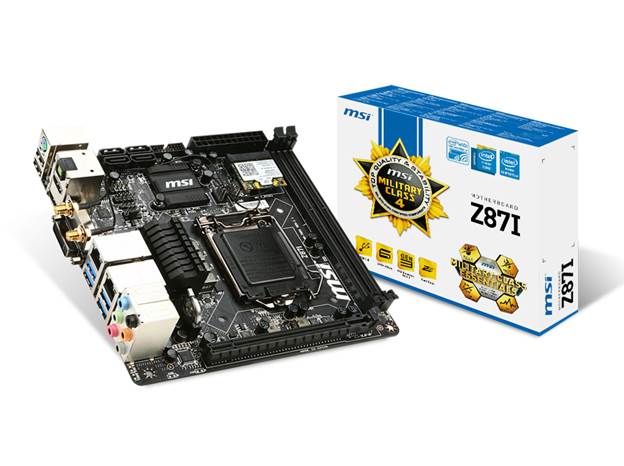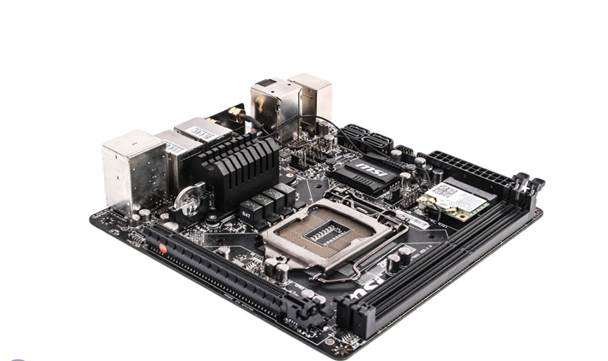What are you looking for in a small
form factor motherboard? Well, the first thing to consider has to be the size
of the board itself. Most of the motherboards we’ve been checking out this
month are in the burgeoning mini-ITX segment, but we also included one of our
favourite mATX mobos in the Gigabyte G1.Sniper M5.
This board is every bit as powerful as
some of the top ATX motherboards we’ve seen of this Intel generation, and even
mini-ITX chassis aren’t that small, so mATX could be the way to go for now.

This
board is every bit as powerful as some of the top ATX motherboards we’ve seen
of this Intel generation, and even mini-ITX chassis aren’t that small, so mATX
could be the way to go for now.
If we’re trying to think of a setup
that will be able to rival the Steam Machine prototype, we’re going to have to
ditch mATX altogether to get in on that three-inch-high action without our
builds looking increasingly like server blades, but the Sniper is still cheaper
than EVGA’s latest Stinger board, and has the edge over it in terms of
performance. If it was just a question of size, the Stinger would win, but
there are other things to consider. We’re giving last place to the little EVGA
board because of its foolish price premium and curious lack of performance.
Then we have the two Gigabyte boards.
The Sniper still has the performance prowess, which just puts it ahead of the
F2A85XN-WIFI, and it has a better name, too. The AMD board is a tricky one,
though. It shows that you can build a very cheap mini-ITX machine, and if you
paired it with a $183.6 GTX 650 Ti Boost, you’d have a decent 1080p gaming rig.
But it’s still a dead platform, and with the new and possibly revolutionary
Kaveri APUs appearing early in the new year, we’d definitely recommend holding
off on an AMD purchase for your small form factor build.

The
Sniper still has the performance prowess, which just puts it ahead of the
F2A85XN-WIFI, and it has a better name, too.
With the Sniper taking third spot over
the AMD motherboard, we’re left with a shootout between the Asus RoG Maximus VI
Impact and the terse MSI Z87I. If money were no object for this build, the Asus
board would take the win every single time. The RoG Impact is the highest
performing board here, and makes a great many ATX motherboards look rather
pedestrian by comparison. It also has an impressive array of power componentry
and a slick shard of sound card, but we’re not convinced that these extras are
enough to justify a price tag $124 higher than that of the MSI board.
We think that $124 could be put to
much better use finding better components to plug into the $163.7 MSI board.
Right now the Z87I is our favourite mini-mobo, and the one we’re recommending
to any Intel enthusiast looking to build a wee gaming rig without vast cash
reserves behind the project.
MSI may not be the first name among
system builders with regards to motherboards, but the impressive Z87I could be
one to change their minds, and will be the basis of the Steam PC we build to
test out Valve’s inaugural OS when it arrives.

MSI
may not be the first name among system builders with regards to motherboards,
but the impressive Z87I could be one to change their minds, and will be the
basis of the Steam PC we build to test out Valve’s inaugural OS when it
arrives.